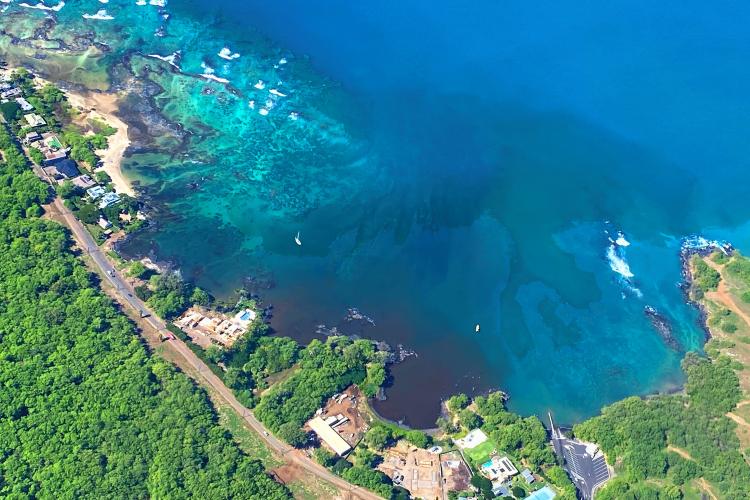
Reducing wastewater pollution impacts from on-site disposal systems in Hawai’i
Hawaiʻi’s coral reefs, coastal ecosystems, and the health of its residents are threatened by the Islands’ heavy reliance on on-site disposal systems (OSDSs). There are some 110,000 OSDSs across the…
Hawaiʻi’s coral reefs, coastal ecosystems, and the health of its residents are threatened by the Islands’ heavy reliance on on-site disposal systems (OSDSs). There are some 110,000 OSDSs across the Hawaiian Islands. More than 88,000 of these (80% of the total) are cesspools – underground containers for the temporary storage of liquid waste and sewage – which release an estimated 55 million gallons of sewage per day to the environment, including to sensitive coastal areas, with no treatment. This leads to a rise in nutrient loads and increased presence of invasive algal species, decreased benthic biodiversity, and threats to human health through contamination of drinking water sources or contact with contaminated coastal waters during recreational activities. While Hawai’i enacted regulations banning new cesspools in 2016, existing cesspools and other OSDSs continue to pose substantial risks, particularly as climate change and sea level rise threaten to inundate coastal areas.
In collaboration with The Nature Conservancy in Hawai’i and Palmyra, our team examined current state and federal legislation regarding wastewater policy and collected data on existing cesspools in Hawai’i. We investigated the feasibility of converting existing cesspools to public sewer connections, and conducted a spatial analysis of opportunities for increasing wastewater reuse from these conversions. We also reviewed state, county, and local regulations and ordinances regarding septic systems to assess the potential of converting cesspools to septic despite the presence of shallow groundwater and threat of sea level rise, which is leading to rising groundwater levels throughout the Hawaiian Islands. We hope our research will help lead to a cleaner and more sustainable water future for Hawai’i.
Student Team: Oliver Ortiz, Brianna Martilla, Emma Simon, Nick Leong, Jacqueline Wheeler, Mia Conti, Kate Alley, Jessica McKay
Client: The Nature Conservancy, Hawai’i and Palmyra
Advisor: Noah Garrison
